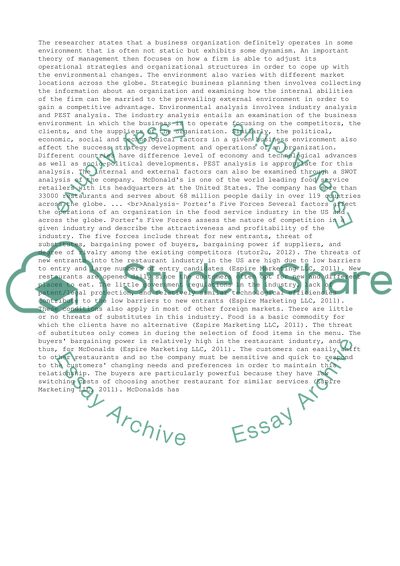Cite this document
(“International Business Strategy: McDonalds in India Essay”, n.d.)
Retrieved from https://studentshare.org/business/1395011-international-business-strategy-mcdonalds
Retrieved from https://studentshare.org/business/1395011-international-business-strategy-mcdonalds
(International Business Strategy: McDonalds in India Essay)
https://studentshare.org/business/1395011-international-business-strategy-mcdonalds.
https://studentshare.org/business/1395011-international-business-strategy-mcdonalds.
“International Business Strategy: McDonalds in India Essay”, n.d. https://studentshare.org/business/1395011-international-business-strategy-mcdonalds.


